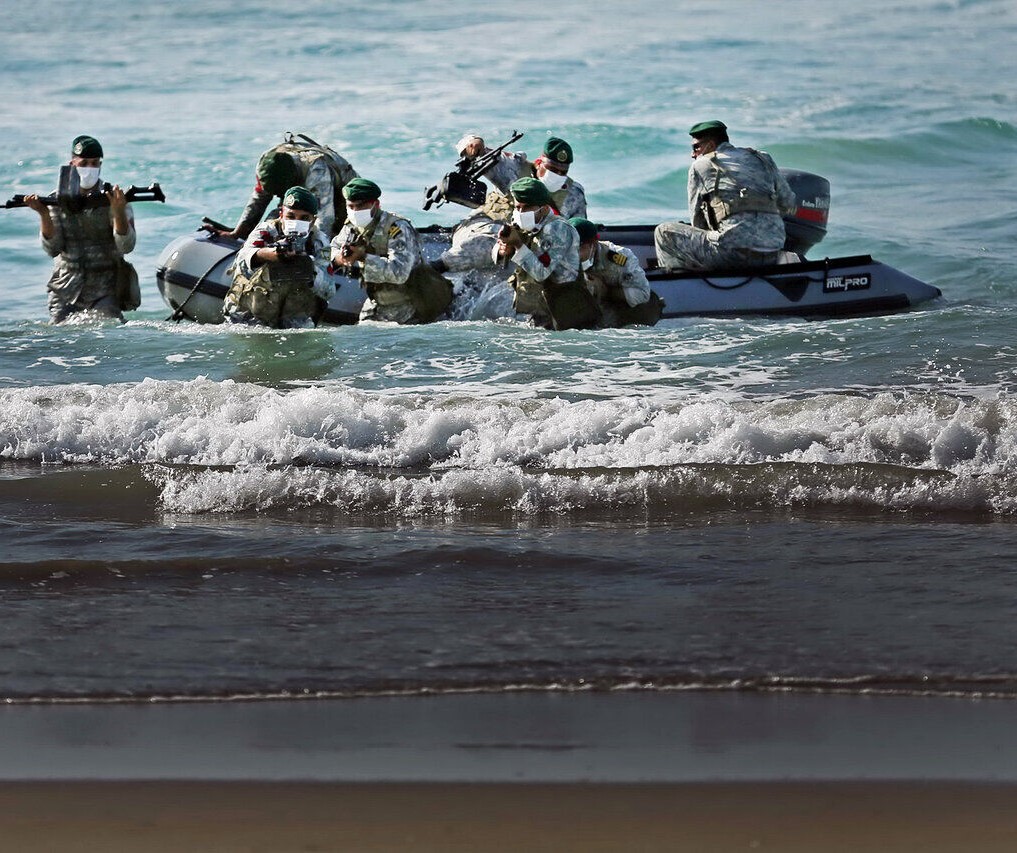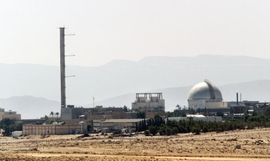An Iranian drone has intercepted one US plane and two drones, which reportedly entered the country’s Air Defense Identification Zone during annual military exercises.
“One P-8 aircraft, MQ-9 and RQ-4 drones entered the country's Air Defense Identification Zone (ADIZ) while being in full observation of the country's integrated air defense network from miles away. Unlike international rules and regulations, an American plane and drones entered the unauthorized area of Air Defense Identification Zone illegally,” according to a statement from the Iranian army carried by state-run IRNA news agency on September 11.
According to the statement, the American aircraft ignored the Iranian forces’ warnings, after being detected and warned by the radar systems of the Army Air Defense Force. The aircraft were intercepted by Karrar drone of Iran’s Army Air Defense Force before changing route and flying away from Iranian air space after being intercepted.
The three-day “Zolfaqar-99” military drills began on September 10 under the command of the Army’s Zolfaqar base. The exercises involve naval, air and ground forces, covering an area of two million square kilometers in the eastern waters of the Strait of Hormuz, Makran coast, Oman Sea and the northern part of the Indian Ocean.
During the maneuvers, tactical offensive and defensive strategies towards territorial waters and maritime have been tested, amid heightened tensions with the United States over Washington's push to reimpose international sanctions on Iran.
“Implementation of tactical plans, pursuing tests of surface-to-surface cruise missiles, surface-to-air missiles, rocket launchers, drones … are the main aim of the army maneuver to defend territorial waters,” Mehr news agency reported.
A Ghadir-class submarine successfully fired a surface-to-surface cruise missile against a floating target, on the sidelines of the drills. “This subsurface missile can be installed on any type of submarine, and today this missile is in mass production and all army submarines will be equipped with this missile,” Spokesperson of “Zolfaghar-99” drills, Rear Admiral Shahram Irani said.
In addition to Ghadir-class submarines, the Fateh submarine is also capable of firing anti-ship cruise missiles. The missile installed on the Fateh submarine is a new generation of Nasr missiles that were completed in "Jask 2" project, and it differs from previous samples of Nasr cruise missiles in terms of range and destruction power, he added.
Iran’s domestically-manufactured “Simorgh” Combat UAV (Unmanned Aerial Vehicle) attacked a surface floating vessel after roaming more than a thousand kilometers using smart and vertical pinpointing bombs “Sadid” during the drills.
The Simorgh drone with long operational range and 24-hour flight duration, which is capable of carrying out various operations such as patrols, reconnaissance and combat operations, joined the Iranian naval forces in December 2019.
The Strait of Hormuz, which is situated between Oman and Iran and through which about one-fifth of the world’s oil passes, has been a source of US-Iran tensions. At a different military exercise near the waterway in late July, Iranian forces fired missiles at a replica of a US aircraft carrier.







 The Mine Action Agency of Azerbaijan (ANAMA) reported on Thursday the discovery of a significant amount of explosives in the Khojavand district of ...
The Mine Action Agency of Azerbaijan (ANAMA) reported on Thursday the discovery of a significant amount of explosives in the Khojavand district of ...
 Russian peacekeeping forces, deployed in the Karabakh (Garabagh) region of Azerbaijan since 2020, have commenced their withdrawal from the area.
Russian peacekeeping forces, deployed in the Karabakh (Garabagh) region of Azerbaijan since 2020, have commenced their withdrawal from the area.
 Azerbaijan officially unveiled the logo for the upcoming 29th session of the Conference of the Parties to the United Nations Framework Convention o...
Azerbaijan officially unveiled the logo for the upcoming 29th session of the Conference of the Parties to the United Nations Framework Convention o...
 The Kazakh authorities have increased their arbitration claims against international oil companies involved in the development of the Kashagan oil ...
The Kazakh authorities have increased their arbitration claims against international oil companies involved in the development of the Kashagan oil ...
 Russian Foreign Minister Sergei Lavrov has reasserted that Moscow has no intentions to stop the fighting in Ukraine, even if peace talks commence.
Russian Foreign Minister Sergei Lavrov has reasserted that Moscow has no intentions to stop the fighting in Ukraine, even if peace talks commence.



